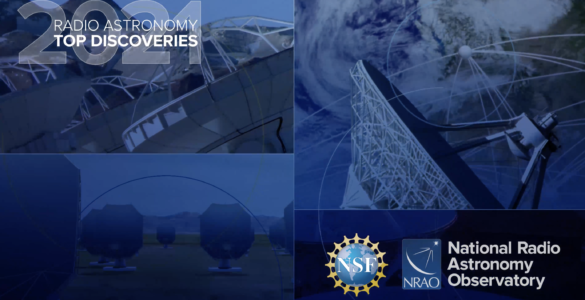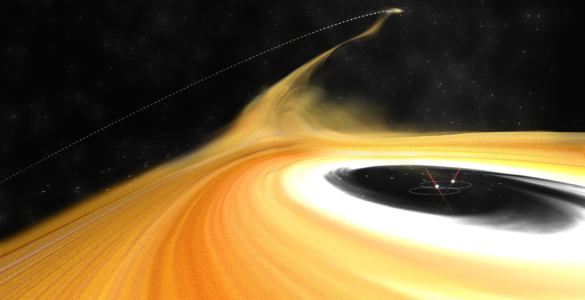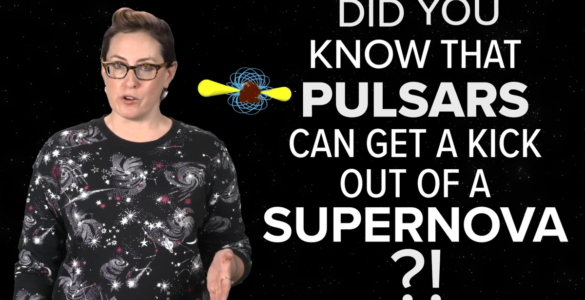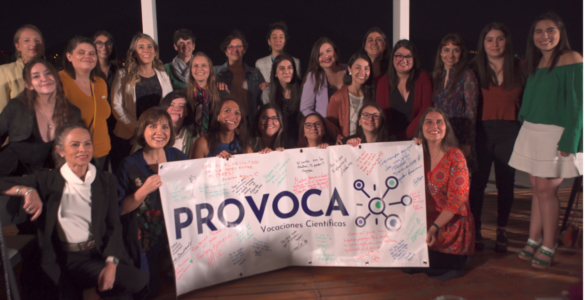Latest NRAO News
News is managed by NRAO News & Public Information. Questions about News? Have a story to share? Want to interview a scientist or create new media about our telescopes?

The formation of massive stars and planets. The deaths of stars and galaxies. The extreme and violent behaviors of black hole jets and quasars. An up-close and personal radar view of the Moon. These mysteries and more were unraveled in 2021 by radio astronomers leveraging the scientific and technological power of National Radio Astronomy Observatory (NRAO) facilities.

Dr. Tony Beasley, Director of the National Radio Astronomy Observatory and AUI Vice President for Radio Astronomy Operations, was today elected as a fellow of the American Association for the Advancement of Science (AAAS).

Scientists using the Atacama Large Millimeter/submillimeter Array (ALMA) and the Karl G. Jansky Very Large Array (VLA) made a rare detection of a likely stellar flyby event in the Z Canis Majoris (Z CMa) star system. An intruder—not bound to the system—object came in close proximity to and interacted with the environment surrounding the binary protostar, causing the formation of chaotic, stretched-out streams of dust and gas in the disk surrounding it.

Pulsars are neutron stars. They are formed when an old star explodes as a supernova, so you would expect to find them in the center of its supernova remnant. But not always. Astronomers have learned that some pulsars are ejected from its remnant. The Very Large Array has discovered one pulsar that is quite a kick.
Join our host Summer Ash of the National Radio Astronomy Observatory as she talks about how you can get a kick out of pulsars.

As the end of 2021 approaches, we celebrate the certification of 28 women in STEM who became the first generation of PROVOCA mentors, a trained group of professionals and students in science, technology, engineering and mathematics that will provide mentoring to girls and young college students who decide to pursue a career in these disciplines.

The National Science Foundation (NSF) and the board of the Atacama Large Millimeter/submillimeter Array (ALMA) have approved a multi-million dollar upgrade project for the Observatory’s 1.3mm (Band 6) receivers through the North American ALMA Development Program. The receivers—originally built, and to be upgraded, by the Central Development Laboratory (CDL) at the National Radio Astronomy Observatory (NRAO)—are the most scientifically productive in ALMA’s lineup.





